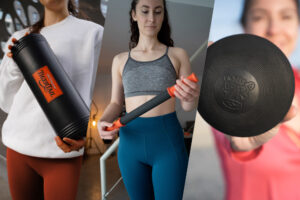
Free Shipping on $50+
The clanging of weights, the burn of a good rep, the satisfying pump—nothing quite like the feeling of a solid training session. But as we push our limits in pursuit of gains, we often forget a crucial aspect of the journey: muscle health. Ignoring it can lead to overuse injuries that sideline us, halt progress, and cause frustration.

So, how do we strike the perfect balance between building muscle and keeping our bodies healthy and injury-free? Let’s dive into some practical advice for gym-goers and athletes who want to maximize their gains without compromising their well-being.
Musculoskeletal injuries are a common occurrence among weightlifters (Bukhary, 2023). Some of these common injuries include:
Listen to Your Body: The First Line of Defense
This might sound obvious, but it’s the most fundamental principle. Your body is a finely tuned machine that communicates when something’s wrong. Ignoring those whispers can lead to shouts, in the form of pain and injury.
Warm-up and Cool-down: Prep and Repair
A proper warm-up prepares your muscles for the stress of lifting, while a cool-down helps them recover.
Progressive Overload: The Smart Way to Grow
Progressive overload is the principle of gradually increasing the stress on your muscles to stimulate growth. However, it’s crucial to do this intelligently.
Muscle Recovery Tools: Your Secret Weapon to Relieve Discomfort and Speed Recovery
Incorporating muscle recovery tools can significantly improve your recovery and reduce the risk of injury. This is where Tiger Tail tools come in handy.
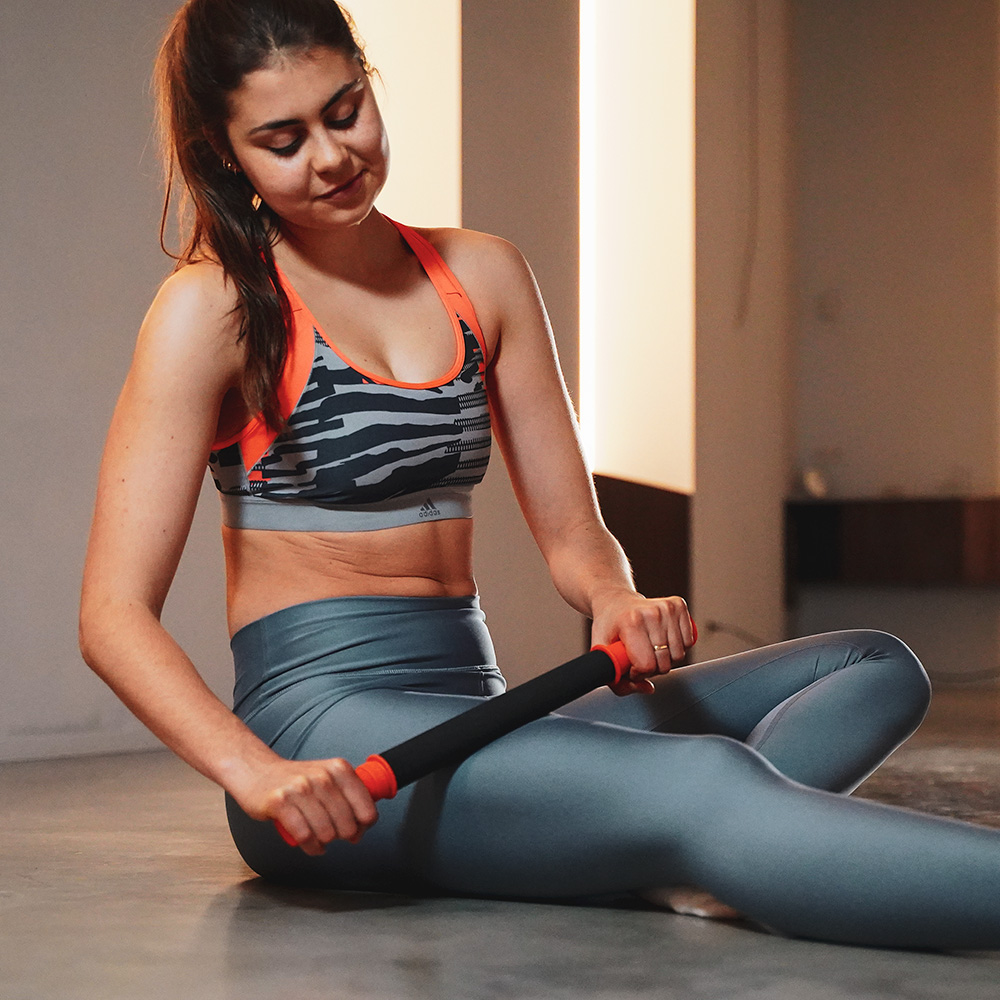
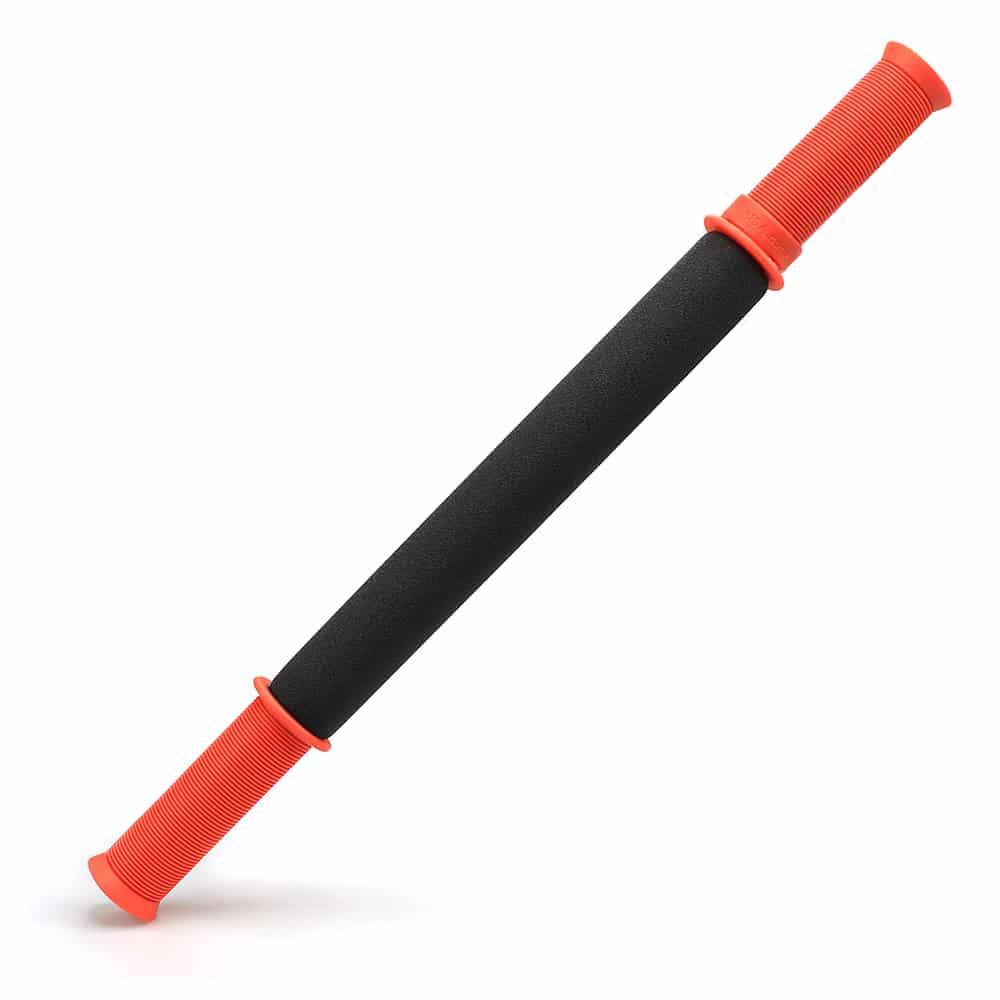
The Original 18” Tiger Tail: Ideal for larger muscle groups like quads, hamstrings, and back.
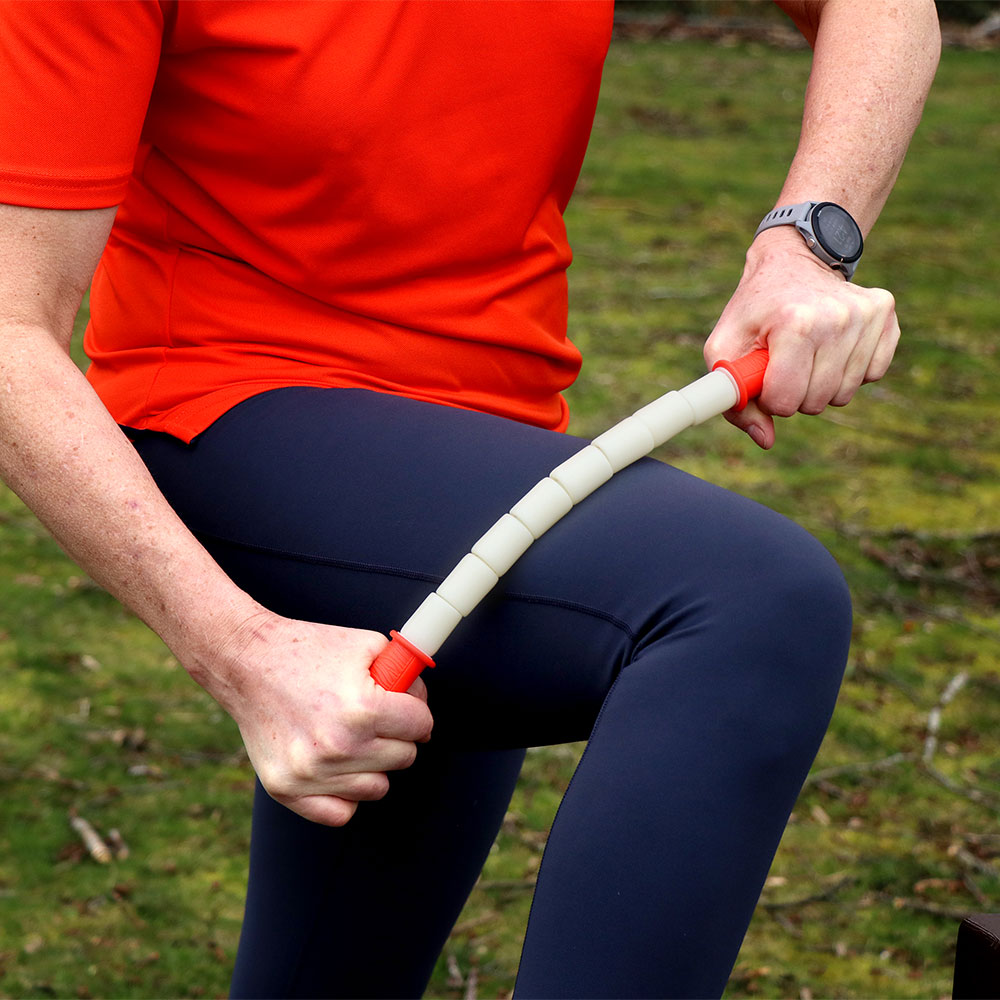

The Stick™ – Bendy™ 18”: Designed with a flexible core that bends and flexes under pressure. Ideal for neck, shoulder, arms, and legs.

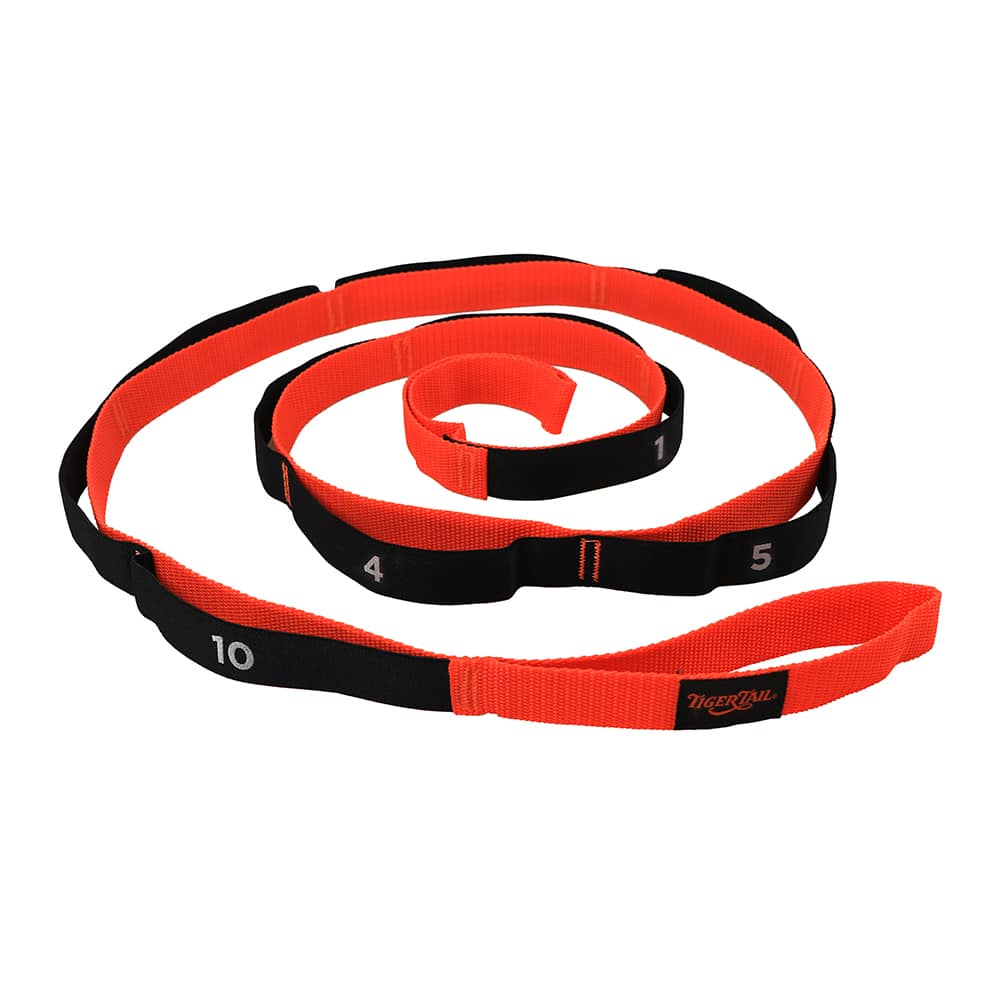
The Stretchy Tiger™ 80”: This durable stretch strap provides extra length and support for warming up and increasing flexibility. It has 10 numbered loops to accommodate multiple stretching positions and allows you to gauge your flexibility progress.
Building muscle and maintaining muscle health don’t have to be mutually exclusive. By following these tips and incorporating Tiger Tail tools into your routine, you can maximize your gains while minimizing your risk of injury. Remember to listen to your body, prioritize proper form, and give yourself adequate rest and recovery. Your muscles will thank you, and you’ll be able to continue crushing your fitness goals for years to come.
Bukhary HA, Basha NA, Dobel AA, Alsufyani RM, Alotaibi RA, Almadani SH. Prevalence and Pattern of Injuries Across the Weight-Training Sports. Cureus. 2023 Nov 30;15(11):e49759. doi: 10.7759/cureus.49759
For more information on our awesome tools and programming:
Website: www.tigertailusa.com
Email: [email protected]
Disclaimer: This information is for general knowledge and informational purposes only and does not constitute medical advice. Consult a healthcare professional before starting any new exercise program.
Stay Up-to-Date!

Dr. Julie Zuleger has over 20 years of experience as a Licensed Massage Therapist, Certified Strength and Conditioning Specialist (CSCS), Corrective Exercise Specialist, RYT-500 Yoga Instructor, and Human Movement Specialist. Julie promotes self-care using massage tools and stretching-based programs and teaches continuing education courses for yoga teachers, massage therapists, athletic trainers, strength and conditioning, fitness, and wellness professionals. Julie holds a PhD in Education and is the Director of Kinesiology and Education at Tiger Tail USA.